The Lincoln Wheat Penny is one of the most famous coins in American history, known for its iconic design and rich history. But did you know that a particular Lincoln Wheat Penny, although still in circulation, is valued at a staggering $500,000? This rare penny has caught the attention of collectors and coin enthusiasts, making it one of the most sought-after items in the numismatic world.
What is the Lincoln Wheat Penny?
The Lincoln Wheat Penny was introduced in 1909 to commemorate the 100th anniversary of Abraham Lincoln’s birth. It replaced the Indian Head cent, which had been in circulation since the late 1800s. The penny, made from copper, features an image of President Abraham Lincoln on the obverse (front) and two stalks of wheat on the reverse (back), which is why it’s called the “Wheat Penny.” It was produced in large quantities and became a staple of American currency, circulating for over 50 years before being replaced by the Lincoln Memorial design in 1959.
While most Lincoln Wheat Pennies are not worth much more than their face value of one cent, certain years, mintmarks, and unique features can make them incredibly valuable. Collectors often search for rare variations of these pennies, some of which can fetch thousands of dollars.
What Makes the $500K Lincoln Wheat Penny So Special?
The Lincoln Wheat Penny that is valued at $500,000 is not your average penny. It’s a specific coin that was minted in 1943. This year is particularly significant in the history of the penny because, during World War II, the U.S. government decided to stop using copper for coins and instead began making pennies out of steel to conserve copper for the war effort. Most 1943 pennies were made of steel and coated with zinc, but a small number of copper pennies were mistakenly produced during this time.
These copper 1943 pennies are extremely rare, with only a handful known to exist. They are highly coveted by collectors because of their uniqueness and the historical significance of the year they were made. The particular penny valued at $500,000 is one of the finest examples of a copper 1943 Lincoln Wheat Penny, and its condition, along with its rarity, has pushed its value to astronomical heights.
Why is the Copper 1943 Penny So Valuable?
The value of a coin is often determined by several factors: rarity, demand, and condition. The 1943 copper penny checks all of these boxes. First, the rarity of the coin is unmatched. Only a few 1943 copper pennies have ever been found, and they are considered one of the most valuable coins in the world. The demand for such a rare item is also high, as collectors are always on the lookout for pennies that are both historically important and hard to find.
Additionally, the condition of the penny plays a significant role in its value. A coin in mint condition, with little to no wear, is much more valuable than one that is heavily worn. The specific 1943 copper penny valued at $500,000 is in excellent condition, making it even more desirable to collectors.
How Do You Know if You Have a Rare Lincoln Wheat Penny?
If you’re lucky enough to stumble upon a Lincoln Wheat Penny, there are a few things you can do to determine if it’s valuable. First, check the year and mintmark on the coin. The Lincoln Wheat Pennies minted from 1909 to 1958 have varying levels of rarity and value depending on the year. Coins from years like 1914-D, 1922, 1931-S, and 1943 (especially the copper variety) are among the most valuable.
Next, look at the condition of the penny. Coins that are in pristine condition or have very few signs of wear are generally worth more. The penny’s grade is typically determined by professional numismatists, but you can start by examining the coin’s details, edges, and surfaces.
If you think you may have a rare penny, it’s worth having it professionally appraised by a coin expert or visiting a reputable coin dealer. They can provide you with an accurate valuation and possibly help you sell it for the right price.
Are Lincoln Wheat Pennies Still in Circulation?
Although most Lincoln Wheat Pennies are no longer being produced, some can still be found in circulation. The U.S. Mint stopped producing them in 1958, but many of the coins made during their production run are still around. It’s possible to find them in old coin jars, change rolls, or even in the possession of collectors who have held onto them for decades.
While most Lincoln Wheat Pennies are worth only a few cents, the rare ones can be incredibly valuable. The $500,000 copper 1943 penny is an extreme example, but even other rare versions can command impressive prices at auction.
The Lincoln Wheat Penny, especially the rare 1943 copper version, is an important part of American history and a valuable piece of currency. Although most of these pennies are not worth much, the ones with unique characteristics, like the copper 1943 penny, can fetch astronomical prices. Whether you are a coin collector or simply someone interested in the history of money, the Lincoln Wheat Penny remains a fascinating part of American heritage. Who knows? You might just have one of these rare coins sitting in your pocket, waiting to be discovered!
FAQs
Why is the 1943 copper Lincoln Wheat Penny so valuable?
The 1943 copper Lincoln Wheat Penny is rare because it was accidentally minted during World War II when most pennies were made of steel. Only a few of these copper pennies exist, making them extremely valuable to collectors.
How can I tell if my Lincoln Wheat Penny is valuable?
Check the year and mintmark on the penny. Certain years, like 1914-D and 1943, are more valuable. The condition of the penny also affects its value—coins in excellent condition are more valuable.
Where can I sell my valuable Lincoln Wheat Penny?
You can sell your penny to a coin dealer or auction house. It’s a good idea to have it professionally appraised first to get an accurate estimate of its value.
Are Lincoln Wheat Pennies still in circulation?
Yes, some Lincoln Wheat Pennies are still in circulation, although they are no longer being minted. Many of these coins can be found in old collections, change jars, or even in circulation.
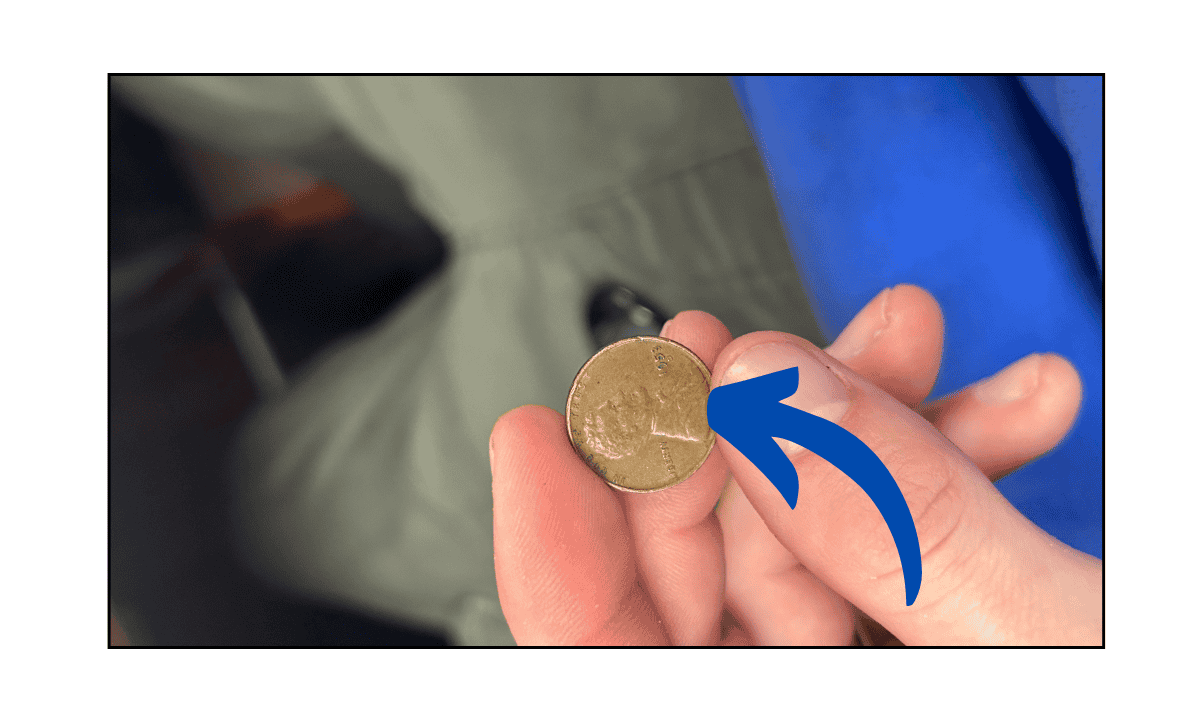
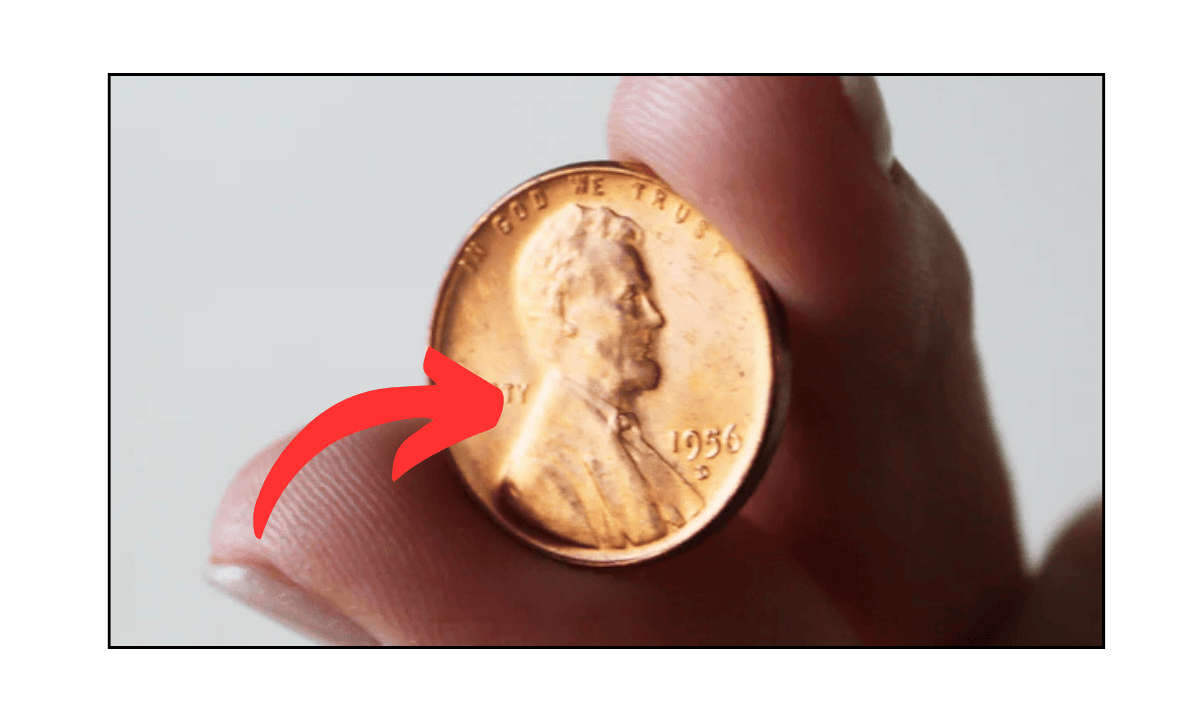
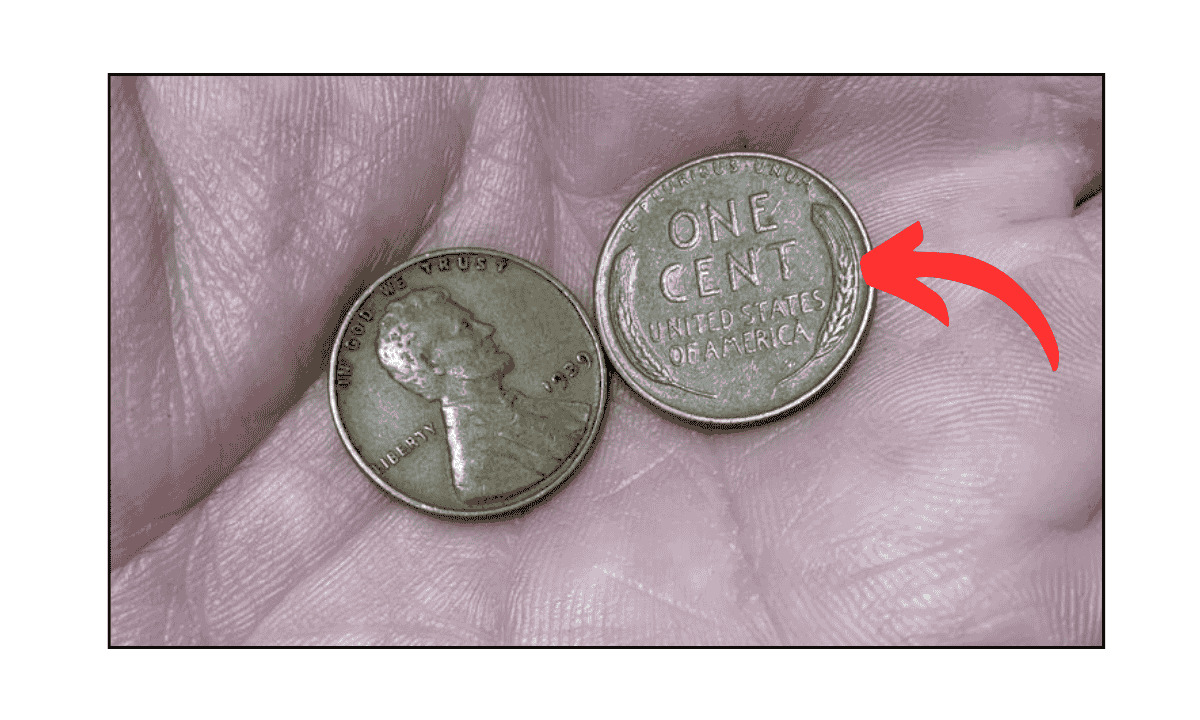
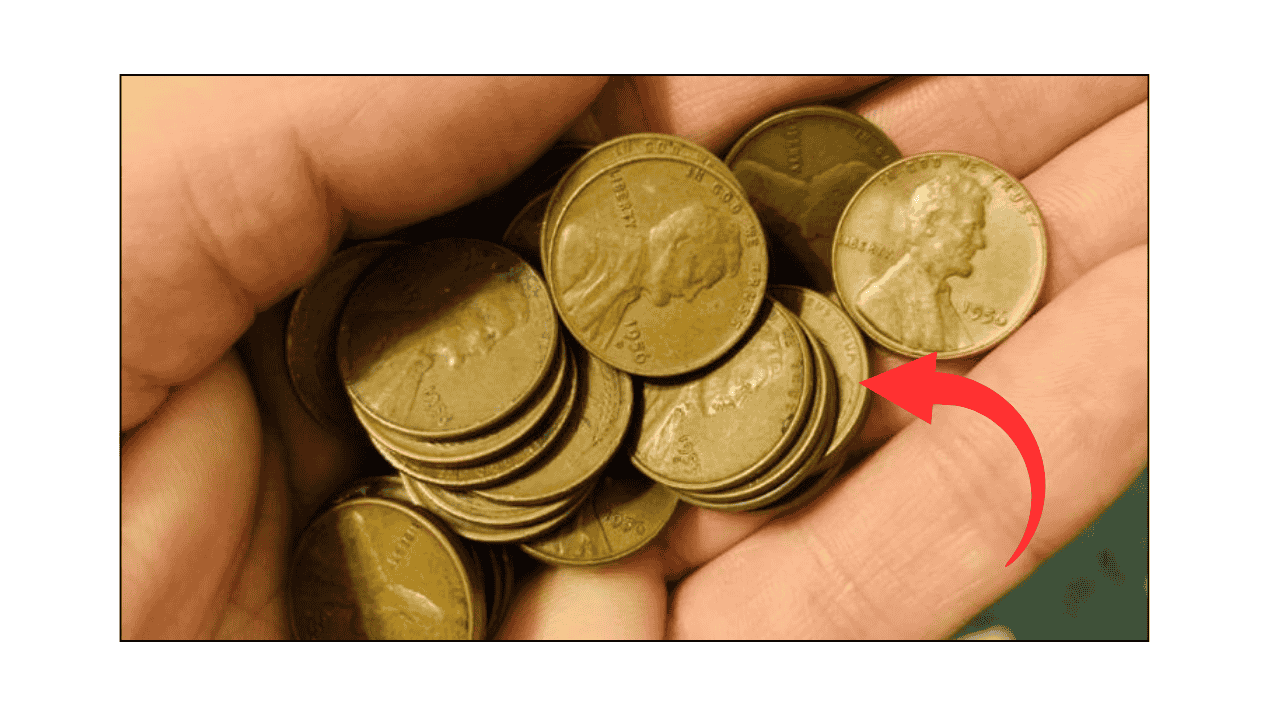
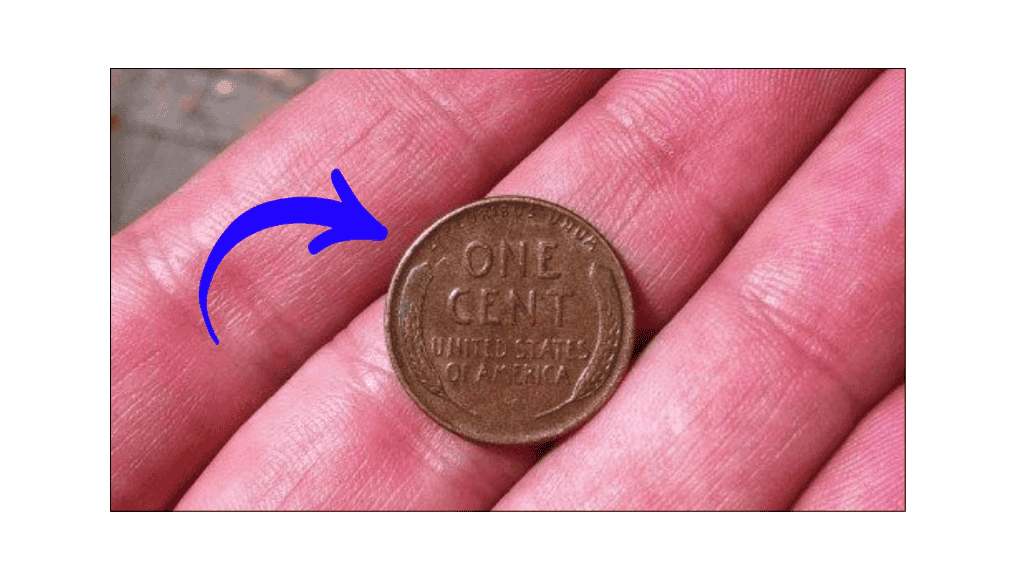
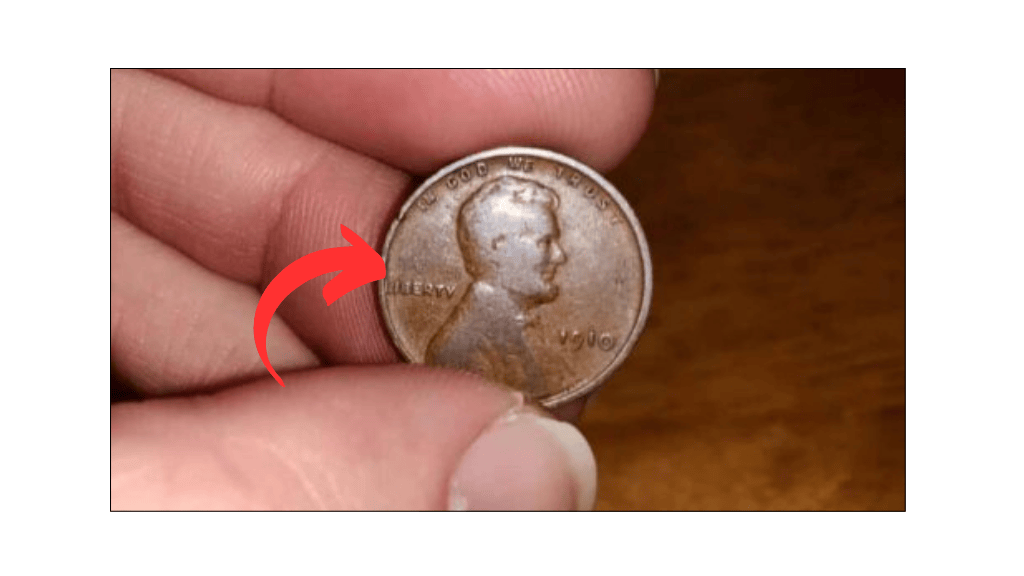
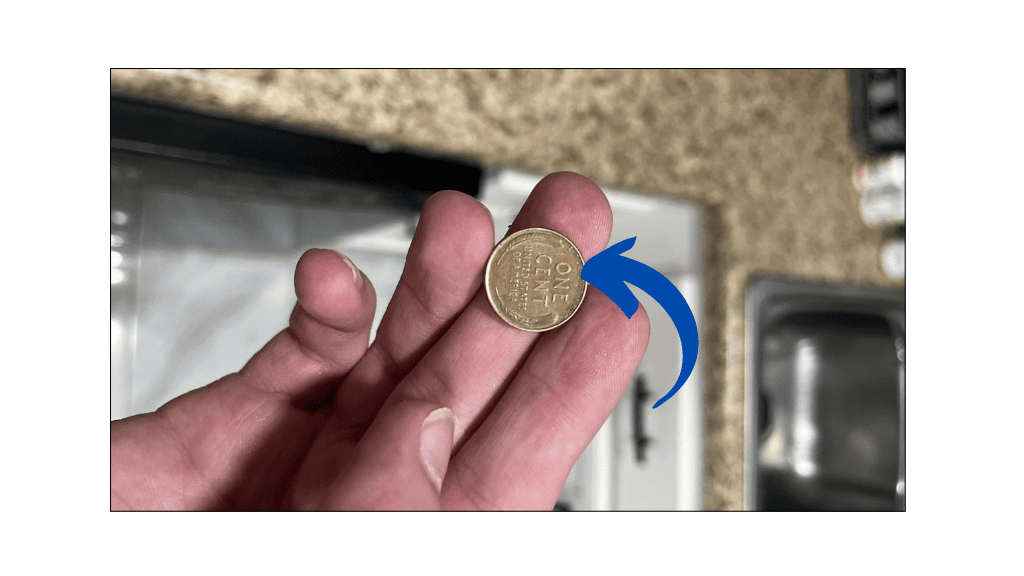



I have ah bunch of old penny’s I wish I had some one to look at them
ok Dustin willeford
Do you have pics of your coins?